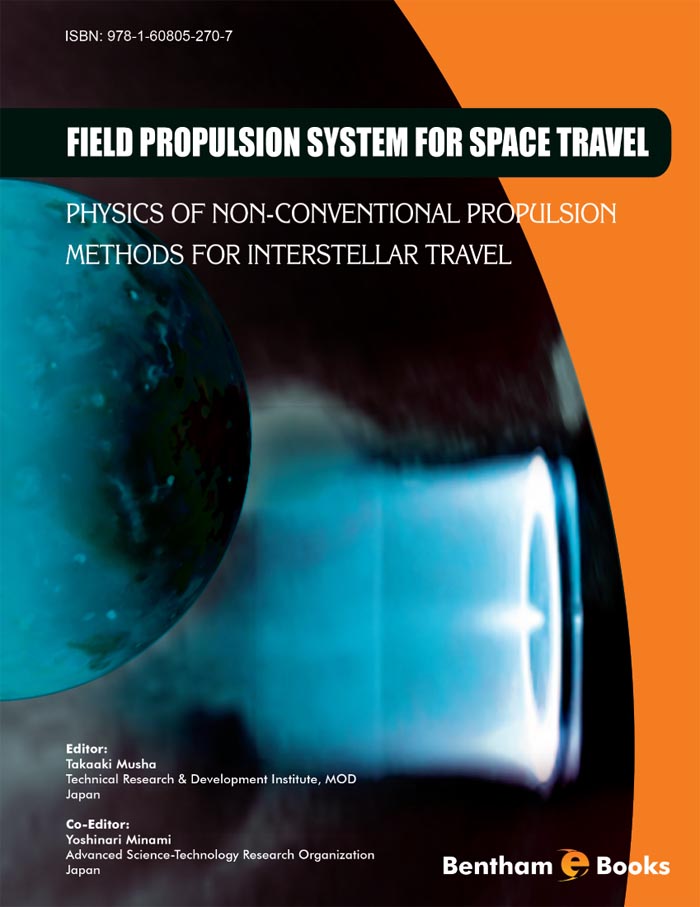Foreword
The book entitled Field Propulsion System for Space Travel provides a comprehensive and modern view of the principles of field propulsion, a rapidly growing subject of research. This excellent book certainly serves as a textbook for propulsion courses and as a reference for researchers.
Both Authors were among a group of specialists at the Advanced Space Propulsion Investigation Committee (ASPIC) that was organized under the auspices of the Japan Society for Aeronautical and Space Sciences in 1994. In March 1996, ASPIC issued a research report, published by the Japan Society for Aeronautical and Space Sciences.
The committee addressed all kinds of non-chemical space propulsion systems such as electric propulsion, laser propulsion, nuclear propulsion and solar sail in order to allow space exploration beyond Solar System. Further, as an expletive space propulsion system, other forms of propulsion were also investigated, that is, field propulsion system which utilizes a strain on space, zero-point energy in a vacuum, electro-gravitic effect, non-Newtonian gravitic effect predicted from the Einstein Theory of Gravity, and the terrestrial magnetism.
These new areas of investigation, and the results obtained so far, are included in this book, allowing a rapid and
progressive study that will contribute to the reader view of its impact in our future. The general plan of the book
made the several chapters as independent as possible, to enable the reader to choose his own order of study, and an endeavor has been made to join to every concept the name of its author.
I strongly recommend the book to teachers, researchers on advanced propulsion concepts, engineers, and members of the general public who want to think and be challenged by attempts to picture and suggest the future of propulsion. Certainly, some of the ideas described in this book will, ultimately, guide human beings to boldly explore what lies beyond our Solar System.
Prof. Mario J. Pinheiro
Department of Physics and Institute Plasmas and Nuclear Fusion
Instituto Superior Tecnico
Portugal

